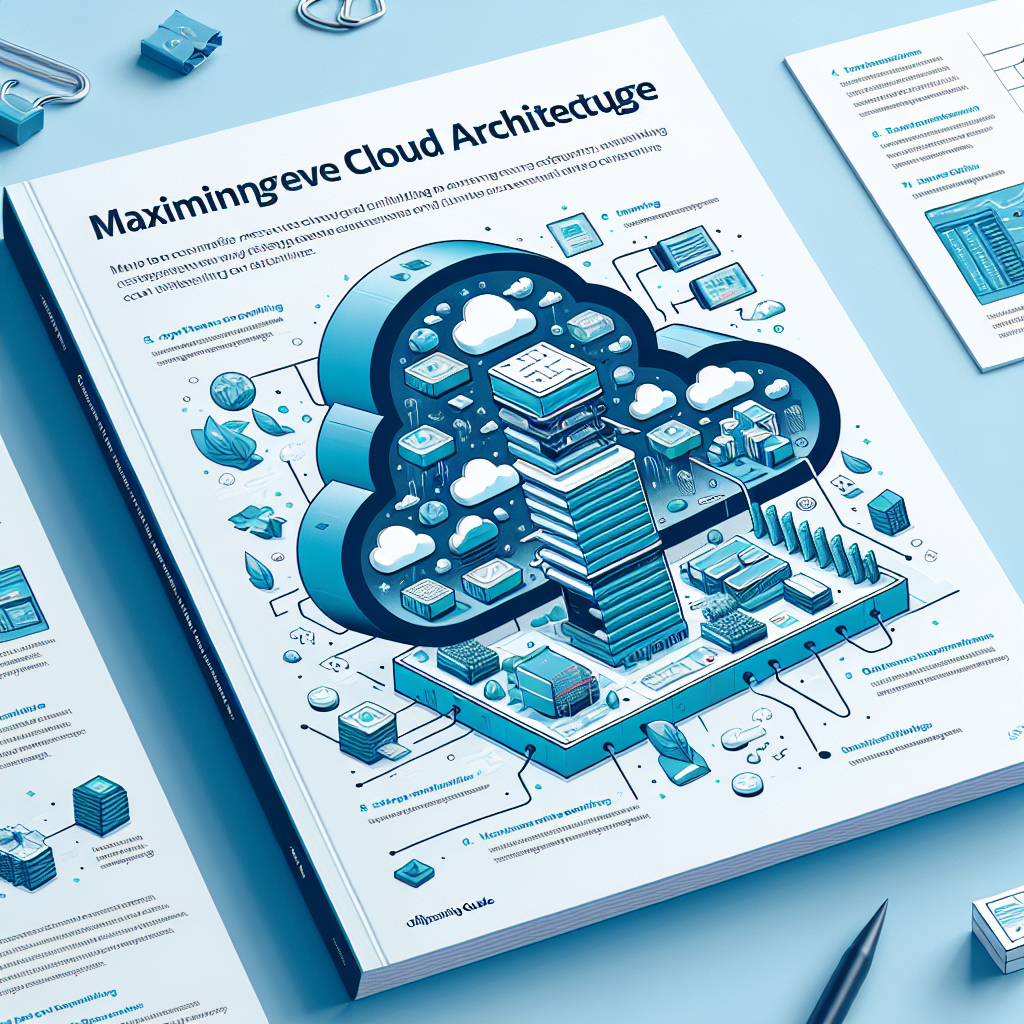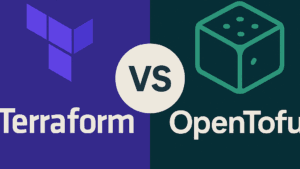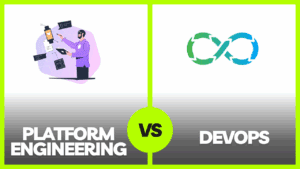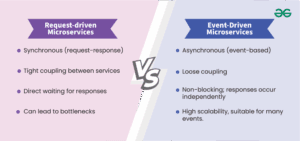In today’s rapidly evolving technological landscape, organizations are increasingly turning to cloud architecture to optimize their operations. However, the challenge lies in implementing a cost-effective solution that maximizes the benefits of cloud computing without breaking the bank. In this article, we will dive into the intricacies of cost-effective cloud architecture on Azure, offering expert tips and insights to help you navigate this complex terrain. From optimizing resource allocation to leveraging Azure’s cost management tools, SlickFinch, the leading experts in Azure cloud architecture, will provide invaluable knowledge to ensure you achieve the most cost-effective solution for your organization. Contact SlickFinch today for personalized guidance and expertise on maximizing cost-effective cloud architecture on Azure.

Understanding Azure Cloud Architecture
What is Azure Cloud Architecture?
Azure Cloud Architecture refers to the design and structure of the cloud computing environment provided by Microsoft Azure. It encompasses a range of components, services, and resources that work together to enable users to build, deploy, and manage applications and services in the cloud. Azure Cloud Architecture offers a highly scalable and flexible platform that allows organizations to meet their specific cloud computing needs.
Key components of Azure Cloud Architecture
Azure Cloud Architecture consists of several key components that are essential for building and managing cloud-based applications and services. These components include virtual machines (VMs), storage accounts, virtual networks, load balancers, and various Azure services such as Azure App Service, Azure Functions, and Azure SQL Database. Each component plays a crucial role in creating a robust and reliable cloud environment.
Benefits of using Azure Cloud Architecture
Azure Cloud Architecture offers numerous benefits to organizations seeking a cost-effective and efficient cloud computing solution. Some of the key benefits include:
-
Scalability: Azure provides the ability to easily scale resources up or down based on demand, allowing organizations to pay for only what they use.
-
Reliability: Azure ensures high availability and reliability through data redundancy and disaster recovery capabilities.
-
Flexibility: Azure offers a wide range of services and tools that can be tailored to meet specific business requirements.
-
Security: Azure provides robust security measures to protect data and resources, ensuring compliance with industry standards and regulations.
-
Cost-effectiveness: Azure offers cost-saving opportunities through its pay-as-you-go pricing model and various cost optimization techniques.
By utilizing Azure Cloud Architecture effectively, organizations can achieve enhanced productivity, reduced operational costs, and improved scalability for their applications and services.
Factors Influencing Cost-effectiveness in Azure Cloud Architecture
Resource Allocation and Optimization
One of the primary factors that influence cost-effectiveness in Azure Cloud Architecture is resource allocation and optimization. Determining the right amount of resources required for an application or service is essential to avoid overprovisioning and unnecessary costs. By accurately assessing resource needs, organizations can eliminate waste and optimize resource allocation.
Another aspect of resource optimization is implementing auto-scaling, which allows resources to automatically scale up or down based on demand. This ensures that organizations are utilizing resources efficiently and only paying for what they need.
To optimize resource utilization further, organizations can implement resource tagging. Resource tagging allows for better tracking and management of resources, enabling organizations to identify unused or underutilized resources and take appropriate action, such as resizing or decommissioning them.
Right-sizing Virtual Machines
Virtual Machines (VMs) are a fundamental component of Azure Cloud Architecture. Right-sizing VMs involves choosing the appropriate VM size for an application or workload based on its resource requirements. Undersized VMs may lead to poor performance, while oversized VMs can result in unnecessary costs.
Monitoring and analyzing VM performance is crucial to determine if a VM is properly sized. By monitoring resource utilization metrics such as CPU, memory, and disk usage, organizations can identify any performance bottlenecks or resource constraints. Based on this analysis, adjustments can be made to resize VMs accordingly, ensuring optimal resource utilization and cost-efficiency.
Azure also provides the option of utilizing Azure Spot Virtual Machines, which offer significant cost savings compared to regular VMs. By leveraging unused Azure capacity, organizations can access VM instances at a reduced price, allowing them to optimize costs while still meeting their application requirements.
Optimizing Storage Costs
Storage is another significant aspect of Azure Cloud Architecture, and optimizing storage costs is essential for cost-effectiveness. Organizations should choose the most suitable storage options based on their specific requirements and workload characteristics.
Azure Blob Storage lifecycle management enables organizations to seamlessly manage the lifecycle of their blob data, automatically transitioning between tiers based on predefined policies. This feature helps reduce storage costs by moving less frequently accessed data to lower-cost storage tiers without impacting access times.
Implementing data compression and deduplication techniques can also significantly reduce storage costs. These techniques reduce the amount of data stored by eliminating redundant or repetitive data, resulting in savings on storage space and costs.
Additionally, implementing backup and recovery strategies is crucial to ensure data availability and resilience. Azure provides various backup and recovery options that organizations can employ to protect their data and minimize potential downtime costs.
Effective Network Planning
Effective network planning is a critical factor in achieving cost-effectiveness in Azure Cloud Architecture. Designing efficient virtual networks helps optimize network performance, reduce latency, and minimize costs.
Azure Virtual Network Peering allows organizations to connect virtual networks together, enabling seamless communication between resources without the need for gateways or additional network appliances. This can help streamline network traffic and reduce data transfer costs.
Utilizing Azure Traffic Manager can further optimize network traffic by intelligently routing requests to the closest or least congested endpoint. This can improve performance and reduce network latency, resulting in a more cost-efficient network infrastructure.
For organizations that require high-performance networking, Azure ExpressRoute provides a dedicated and private connection between on-premises networks and Azure datacenters. This can help reduce data transfer costs and improve network performance by bypassing public internet connectivity.
Managing outbound data transfer costs is also critical to controlling overall cloud costs. By monitoring and optimizing outbound data transfer, organizations can better understand their data transfer patterns and adjust accordingly to minimize costs.
Utilizing Azure Reserved Instances
Azure Reserved Instances offer significant cost savings for organizations that have predictable workload patterns. By committing to a one- or three-year term, organizations can secure discounted rates for VMs or other Azure services.
Understanding Azure Reserved Instances is crucial to determine if they are suitable for specific workloads. By analyzing historical usage patterns and workload characteristics, organizations can identify opportunities for cost savings and maximize the utilization of Reserved Instances.
Optimizing the purchase and utilization of Reserved Instances requires careful planning and monitoring. Organizations should regularly review their workload requirements and make adjustments to ensure optimal usage of Reserved Instances, maximizing cost savings.
Monitoring and managing Reserved Instances is essential to track usage, identify any unused or underutilized instances, and take appropriate action. By continuously monitoring Reserved Instances, organizations can ensure that they are maximizing their cost savings potential.

Implementing Cost Governance
Cost governance is a vital aspect of cost-effectiveness in Azure Cloud Architecture. By implementing effective cost governance strategies, organizations can ensure that cloud costs are kept in check and aligned with business objectives.
Setting budget limits and alerts helps organizations maintain control over their cloud spending. By establishing budget thresholds and receiving timely alerts when costs exceed these limits, organizations can proactively take necessary actions to manage costs and mitigate overspending.
Leveraging Azure Cost Management provides organizations with insights into their Azure spending, allowing them to monitor and optimize costs effectively. This tool helps identify cost-saving opportunities, view usage trends, and track resource costs, enabling informed decision-making.
Azure Advisor is another valuable tool for monitoring and optimizing costs. It provides personalized recommendations based on Azure best practices and identifies areas where cost savings can be achieved. By following these recommendations, organizations can ensure that they are implementing cost-effective strategies in their Azure environment.
Implementing chargebacks and showbacks can also help organizations track and manage cloud costs. By assigning costs to different departments or teams based on resource usage, organizations can promote accountability and cost awareness, resulting in better cost optimization.
Leveraging Azure Hybrid Benefits
Azure Hybrid Benefits provide organizations with the opportunity to maximize cost savings in a hybrid cloud environment. By leveraging these benefits, organizations can optimize costs while benefiting from the flexibility and scalability of the Azure cloud.
Understanding Azure Hybrid Benefits is essential to determine if they are suitable for specific scenarios. These benefits allow organizations to use existing on-premises licenses to obtain significant discounts on Azure services, resulting in cost savings.
Maximizing cost savings with Azure Hybrid Benefits requires a careful evaluation of existing licenses and workloads. By identifying eligible licenses and workloads, organizations can take advantage of the cost savings offered by Azure Hybrid Benefits.
Implementing hybrid scenarios for cost optimization involves leveraging a combination of on-premises infrastructure and Azure services. By strategically distributing workloads between on-premises and Azure environments, organizations can achieve the desired level of cost-effectiveness while meeting their specific requirements.
Utilizing Azure Hybrid Benefit for SQL Server enables organizations to save on the cost of licensing SQL Server in Azure. By utilizing existing SQL Server licenses, organizations can avoid paying additional licensing fees, resulting in significant cost savings.
Conclusion
In conclusion, achieving cost-effectiveness in Azure Cloud Architecture requires careful planning, optimization, and governance. By implementing resource allocation and optimization strategies, right-sizing virtual machines, optimizing storage costs, planning the network effectively, utilizing Azure Reserved Instances, implementing cost governance measures, and leveraging Azure Hybrid Benefits, organizations can maximize their cost savings while harnessing the power and scalability of Azure.
For expert assistance in maximizing cost-effectiveness on Azure, look no further than SlickFinch. We have a team of experienced professionals who specialize in Azure Cloud Architecture and can help you optimize your cloud environment for cost efficiency. Contact SlickFinch today to learn how we can assist you in achieving your cost optimization goals on Azure.




